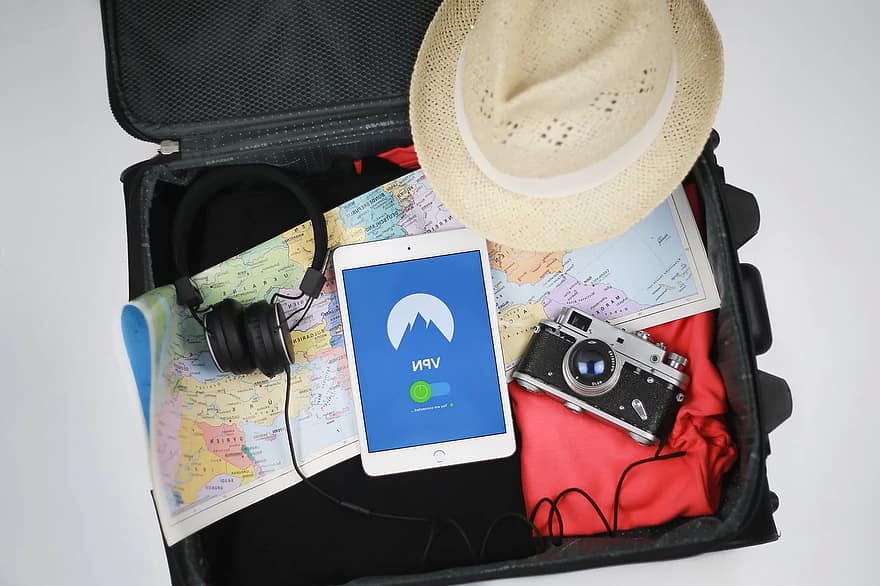For decades, flying into the UK felt almost frictionless for many travelers. Passport, plane ticket, maybe a mild jet lag situation, and you were in. But that open-door ease is officially winding down. As of April 2025, most visitors—including Americans—will need to apply for something new before they arrive: the UK Electronic Travel Authorisation, or ETA. Think of it as a mini visa for short visits. If you want to relocate to the UK on a long term, you will need other papers, depending on your nationality. It’s not complicated, but it is mandatory, and skipping it could mean a missed flight or a turned-away moment at the gate.
The good news? If you understand how the ETA works, it won’t derail your plans. The bad news? A lot of people still don’t realize it exists. Whether you’re planning a summer wedding in the Cotswolds or just itching to wander through Notting Hill, here’s what you need to know before packing your passport.
What Is the UK ETA and Why Is It Happening Now?
The UK government is tightening up its border security system in a way that mirrors what the U.S., Canada, and other countries have already done. Starting April 2025, the UK ETA becomes a requirement for visa-exempt travelers—including visitors from the United States, the EU, Australia, and a long list of others. The goal is to screen travelers in advance and digitize the entry process.
This isn’t a full-blown visa. You won’t need to visit a consulate or go through an interview. It’s a short online form, a small fee, and a bit of planning. But you do need to apply before boarding your flight or ferry. Once approved, your ETA is valid for two years or until your passport expires—whichever comes first.
It’s a low lift. But it’s not optional.
Who Needs a UK ETA—and Who Doesn’t
Here’s where it gets tricky: not everyone needs the UK ETA right now, but nearly everyone will soon. As of April, only travelers from select countries—including Qatar—have been required to use it. But the full rollout is expanding in phases throughout 2024 and into 2025. Starting in June, it will apply to visitors from the U.S., Canada, and much of Europe. By the end of the year, most visa-free travelers will be included.
That means if you’ve booked a last-minute spring break in London or are planning a holiday trip to Edinburgh, it’s worth checking your status now—not the week before your flight. The ETA UK application only takes a few minutes online, but don’t leave it to chance. If your passport requires it and you haven’t done it, you won’t be allowed to board.
That’s right—not at customs, but at the check-in counter. Airlines will be checking your ETA status before you even step on the plane.
Why It’s More Than Just Paperwork
On the surface, the ETA sounds like another digital form in a long line of travel admin. But it represents something more: the end of the invisible-entry era. The UK is making a point—travel isn’t quite as casual as it once was. This change is about control, technology, and global alignment with border protocols. And for travelers, it means adjusting our expectations.
Think about how easy it used to be to take a spontaneous trip across the Atlantic. That frictionless experience is starting to disappear in places where it used to feel automatic. And while the UK ETA isn’t meant to block tourism, it does shift the vibe. There’s a new layer between you and your arrival gate.
That said, planning ahead is nothing new for international travel. If anything, this adds an extra reminder to book smarter. Consider using services that handle ETA processing for you or bundling it with other travel admin. You’re probably already budgeting for seat upgrades and international data plans—this is just part of the mix now.
And if you’ve been dreaming of a fitness vacation through the Lake District or a foodie weekend in Belfast, don’t let this stop you. Just handle the ETA before you start browsing hotel deals.
What About Families, Groups, and Repeat Travelers?
Here’s where people often get caught off guard. The UK ETA is individual. There’s no group application, no bundled booking process, and no one-size-fits-all shortcut. Everyone in your travel party, regardless of age, needs their own approval—even babies.
That means if you’re managing travel for your partner, kids, or extended family, each person needs to apply separately. There’s no leeway here. Even if your five-year-old is flying with you, they still need their own approved ETA before they board. If you’re adding kids to UK ETA requirements last minute, that could throw off your entire itinerary.
The process is simple enough—just make sure you’re not overlooking it in the chaos of packing lists and confirmation emails. And while the ETA is valid for two years, always double check before your next trip. If your passport expires in 18 months, your ETA will, too.
How to Apply Without Stressing Out
The UK government has set up an official site to apply for the ETA, but many travelers are opting to go through a third-party processor to simplify things. You’ll need a valid passport, a recent photo, and a payment method. Once submitted, most applications are processed within 72 hours—though many are approved much faster.
If you’re used to the U.S. ESTA or Canada’s eTA, this process will feel familiar. Just don’t skip it. The UK isn’t making exceptions, and travel agents are already reporting issues with uninformed flyers being denied boarding.
For peace of mind, apply a week before your trip. Don’t wait for that 72-hour window to close in around you. If you’re someone who plans far in advance, go ahead and get it once your trip is confirmed. The ETA lives electronically, so there’s nothing to print or carry. It’s linked to your passport automatically.
The UK isn’t closing its doors—it’s just locking them differently. A small change like the ETA may not seem like much, but it’s a signal of how global travel is shifting. A little more formality. A little more scrutiny. A little less spontaneity.
But for those who plan ahead, this won’t be a hurdle. It’s a reminder that even familiar destinations are changing—and if we want to keep moving, we’ve got to change with them.

